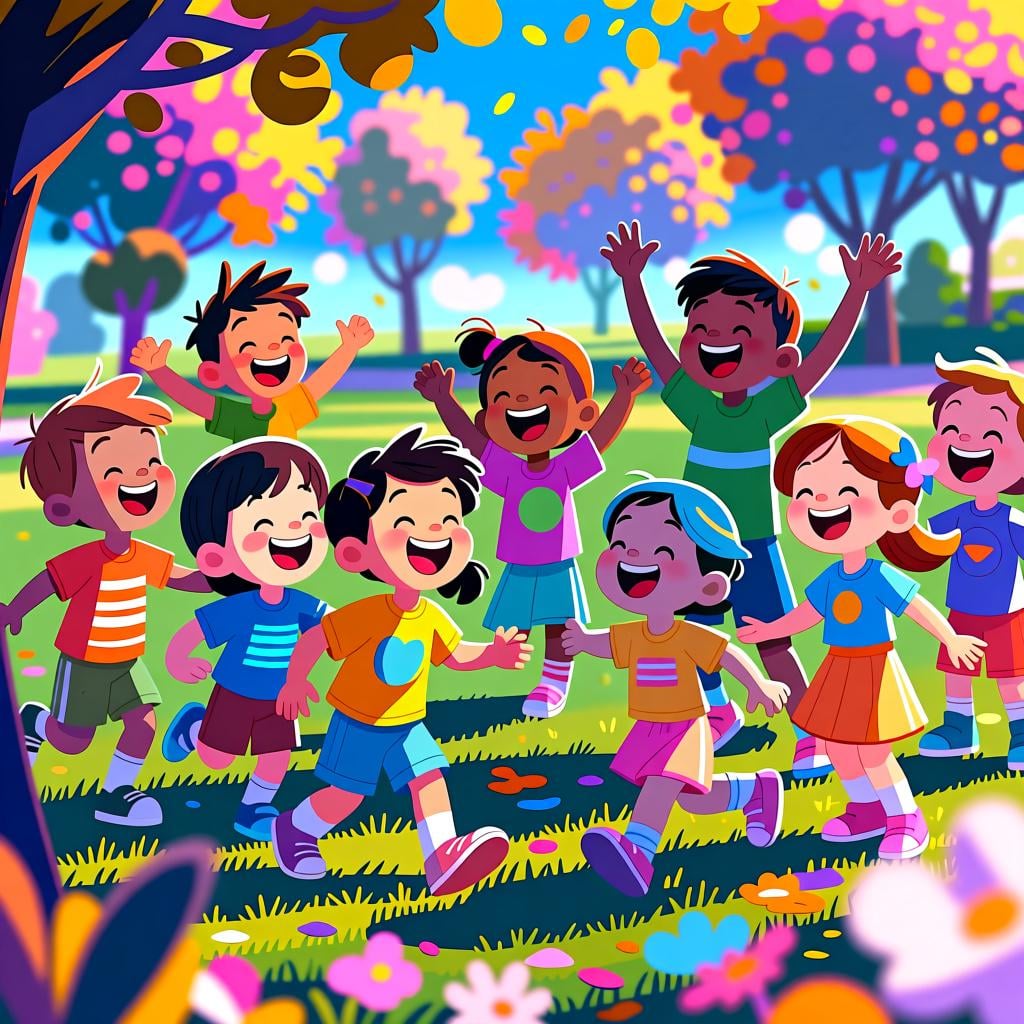
niños
NEEN-yohs
📝 In Action
Los niños están jugando en el parque.
A1The children are playing in the park.
En mi clase hay diez niñas y ocho niños.
A1In my class, there are ten girls and eight boys.
Este es un menú especial para niños.
A2This is a special menu for children.
💡 Grammar Points
The Mixed-Group Rule
In Spanish, if you have a group with even one boy and many girls, you use the masculine plural form 'niños' to talk about the whole group. 'Los niños' can mean 'the boys' or 'the boys and girls'.
❌ Common Pitfalls
Using 'niñas' for a mixed group
Mistake: "Seeing a group of 9 girls and 1 boy and saying *'las niñas'.*"
Correction: Always use 'los niños' in this case. The masculine form 'wins' when the group is mixed.
⭐ Usage Tips
'Niños' vs. 'Hijos'
'Niños' refers to children in general. To talk about your own kids (your sons and daughters), the word 'hijos' is very common. For example, 'Mis hijos ya son grandes' (My children are already grown up).
✏️ Quick Practice
💡 Quick Quiz: niños
Question 1 of 1
You walk into a classroom with 15 girls and 1 boy. How does the teacher greet them?
📚 More Resources
Frequently Asked Questions
If 'niños' can mean 'boys' or 'children', how do I know which one is meant?
It almost always comes down to context! If someone points to a group of only boys, 'los niños' means 'the boys'. If a teacher is talking to a mixed class, 'niños' means 'children'. If you're ever unsure, the situation usually makes it clear.
Is there a gender-neutral way to say 'children'?
Traditionally, 'niños' is the standard way to refer to a mixed group of children and is considered inclusive in a grammatical sense. In modern Spanish, you might hear people try other options like 'niños y niñas' (boys and girls) to be more explicit, but 'niños' remains the most common and grammatically correct way.